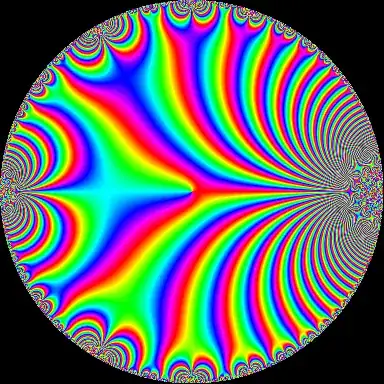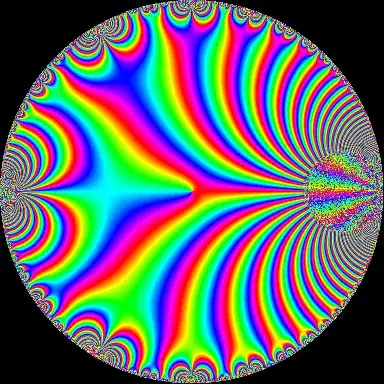I am a mathematician by training working with a physicist. I have been invited to give an hour-long tutorial/presentation to incoming graduate students. These students are all coming in with physical sciences backgrounds and proceeding on with physical sciences like physics, chemistry, atmospheric physics, astronomy, etc.
One of the things I have always been surprised at is how callous come scientists can be with using mathematical results/ideas/theorems without fully understanding the assumptions required and then misapplying the result/idea/theorem and then also misinterpreting the results.
Two of my favorite examples are
When fitting to a power law, convert the data to log-log and fit a straight line. This is just plain wrong because for least squares fitting, we assume the error to be normally distributed. In log-log space we get log-normal distribution of error. And it isn't that difficult to built an example which will show wildly different answers. This one is actively taught in the classrooms/labs.
Misunderstanding $p$-values, how to generate them and understand them. I have seen people using Excel/MATLAB and just using the pull-down menus and doing statistical test after test without any true understanding of how/when to apply the test and then reporting 50 $p$-values "answering" 50 different questions on the same data set and then publishing them.
So my question is to this community, what kind of common math mistakes have you seen scientists do? What are some common misconceptions or misapplications have you seen scientists do that just make you cringe as a mathematician? I thought this would be a good topic to talk about with potential researchers and I just want to have a good pool of topics to talk about for an hour. In addition, if you have an example, then if you can point me to some good literature (paper/book/website) showing perhaps a proof and/or examples which I can demonstrate, that would be wonderful.
I hope this soft-question is not inappropriate here. Thanks.

